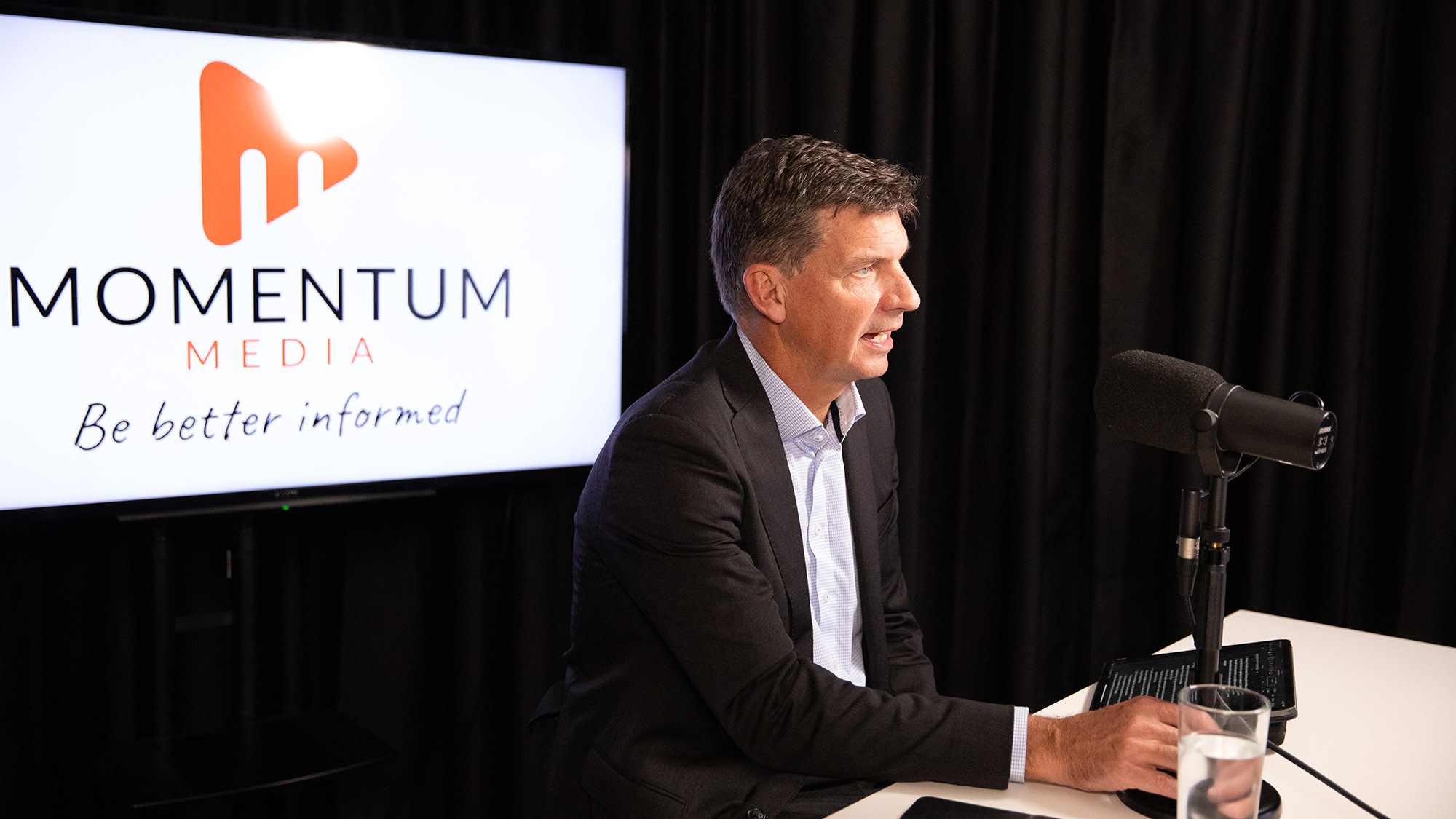RBA removes ‘patient’ from rate rise forecast


The decision by the Reserve Bank of Australia (RBA) to hold rates at 0.1% is indicative of a more hawkish view by the central bank, according to commentators.DY
The central bank, which recently appointed its first female deputy governor, said inflation had increased in Australia but remained lower than other parts of the world. It wanted to see evidence that inflation was comfortably within the 2%-3% range before it raised interest rates, it said.
However, commentators noted its post-meeting statement had removed the word ‘patient’, which indicated rates were likely to start rising sooner than later.
Paul Bloxham, chief economist for Australia and NZ at HSBC, said: “This word had been repeated in previous statements to give the clear sense that the board was not in a hurry to lift rates. This does not necessarily imply that the RBA has become 'impatient' -- as evidenced by today's steady cash rate -- but does suggest earlier timing than they had previously suggested may now be on the cards”.
Shane Oliver, global economist at AMP Capital, said: “It remains upbeat on growth and unemployment. But it now appears less uncertain about how sustainable the pickup in inflation will be and has dropped its preparedness to be “patient” in assessing inflation.
“We continue to see the first rate hike in June, and now see the cash rate reaching 1% by year end. This is now becoming consensus.”
By being patient, the RBA would also be looking to avoid moving too quickly in the same way as the Federal Reserve and European Central Bank (ECB).
Stephen Miller, investment strategist at GSFM said: “Both the Fed and the ECB find themselves in the position of already having made a policy mistake. Having let inflationary expectations escape the realm of being within their ability to comfortably manage without a serious risk of substantial growth dislocation, both central banks are being forced to confront the question of ‘the least bad’ approach.
“The RBA wants to avoid that circumstance. It now appears to recognise the costs of procrastination when it comes to timely monetary interventions to confront inflation (particularly when those monetary settings are close to historically high levels of stimulus).”
Recommended for you
Two industry executives have highlighted why financial advice practices are less focused on adviser recruitment, as technology means they can service more clients with fewer staff.
Despite fears under the first draft QAR bill, ASIC has confirmed that it does not expect superannuation trustees to check every Statement of Advice.
Iress has signed a three-year extension of its agreement with Count, enabling the financial services firm to continue using advice software Xplan to support its growth ambitions.
Single adviser-led firms continue to expand their footprint in the Australian advice ecosystem, Adviser Ratings research shows, as market conditions prove favourable for boutique practices.















